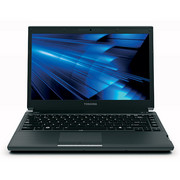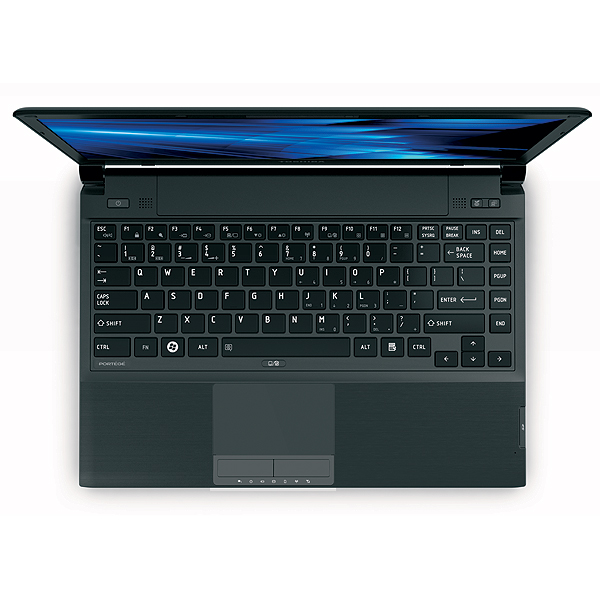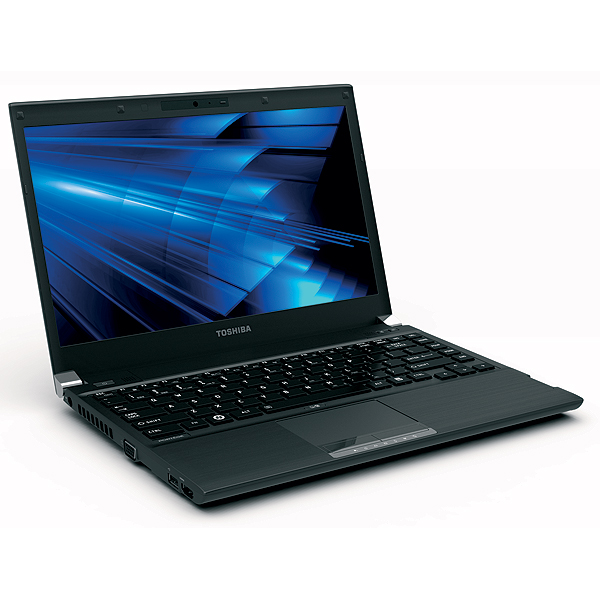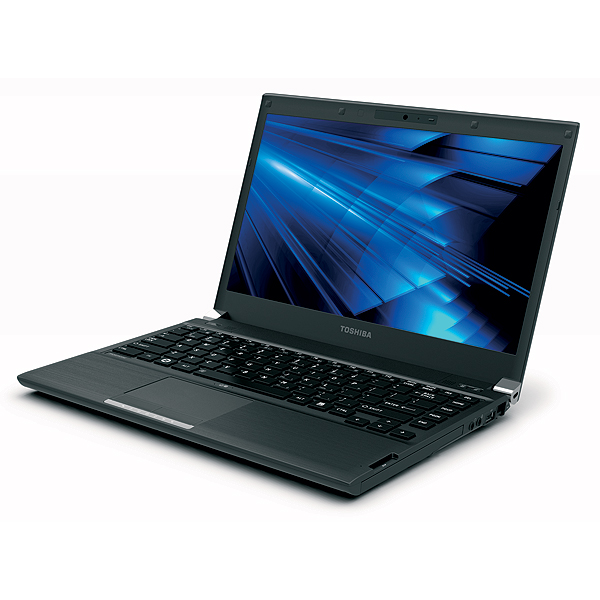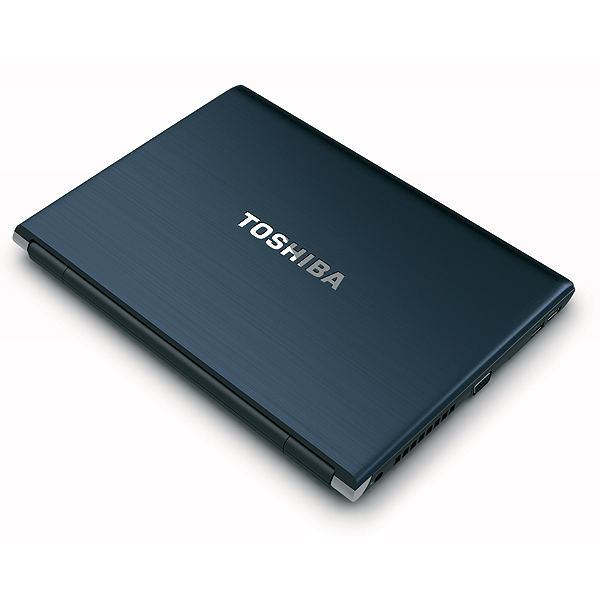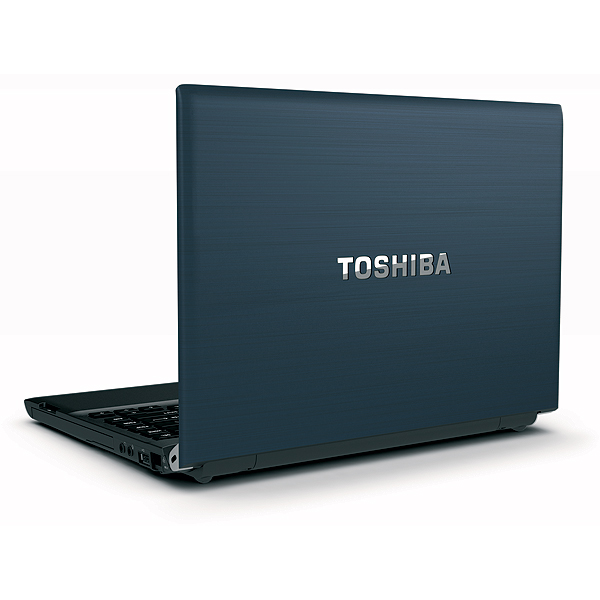Toshiba Portégé R705-P40
Specifiche tecniche
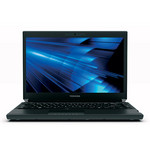
Price comparison
Media dei 1 punteggi (dalle 2 recensioni)
recensioni per Toshiba Portégé R705-P40
Sorgente: Digital Trends
 EN→IT Archive.org version
EN→IT Archive.org versionBusiness up front, party in the back. It’s an apt description for the R705, but throwing it in with mullets just feels wrong, so let’s call it a solid pair of khakis instead. Sharp at work, comfortable at play, and affordable enough for everyone. With the R705, Toshiba succeeds at bringing the build quality, power and no-nonsense styling of machines formerly reserved for business elites down to the masses, without clipping the essentials.
Singola recensione, disponibile online, Lungo, Data: 01/18/2011
Valutazione: Punteggio totale: 80%
Sorgente: Hot Hardware
 EN→IT Archive.org version
EN→IT Archive.org versionIn our tests, the Toshiba Portégé R705 stacked up nicely against the competition. In our general desktop workloads, as well as gaming/multi-media benchmarks, it was shining even brighter. Our $929.99 configuration managed to beat our expectations from a performance standpoint, with even the Intel HD integrated graphics core performing better than expected, all things considered. On a 13.3" ultraportable that's as mobile as this machine, you generally don't expect to do a lot multimedia muscle.
Singola recensione, disponibile online, Lungo, Data: 12/30/2010
Commenti
Intel Graphics Media Accelerator (GMA) HD Graphics:
Soltanto i giochi datasi possono essere giocati in modo fluido con questi chips grafici (se non richiedono troppe prestazioni). I cores con memoria grafica condivisa in questa categoria hanno il vantaggio delle minori emissioni di calore e della maggiore autonomia della batteria. Per ufficio, internet, image processing, e video editing queste schede grafiche sono utilizzabili senza particolari problematiche.
>> Ulteriori informazioni le potete trovare nel nostroConfronto delle schede grafiche e nella nostra Lista dei Benchmark.
460M: L'Intel Core i5-460M è una CPU dual core di fascia alta per portatili ed ha un clock (grazie al Turbo Mode) da 2.53 a 2.8 GHz. Ogni core si basa sulla micro architettura Nehalem (Westemere). L'hyperthreading consente alla CPU Dual Core di gestire 4 threads contemporaneamente (per un miglior utilizzo della pipeline).
>>Ulteriori informazioni le potete trovare nel nostroConfronto dei processori per portatili.




